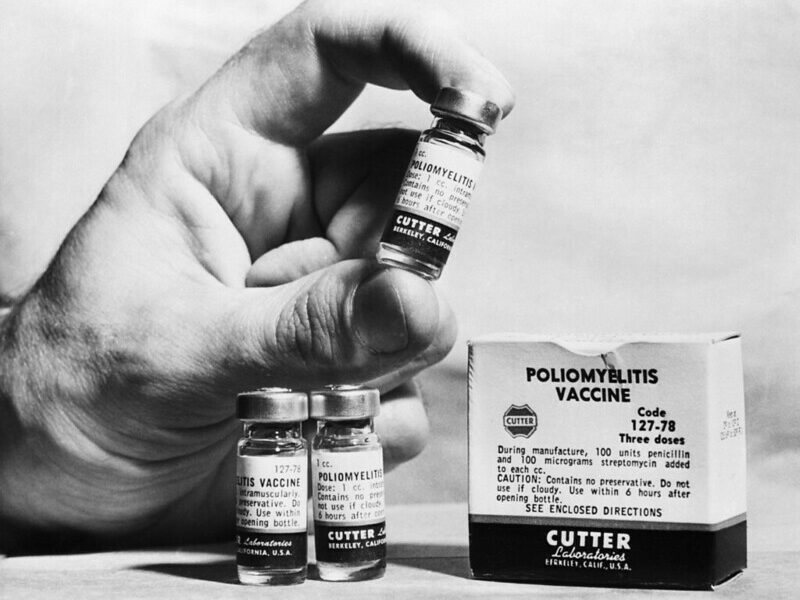Cuba’s first cholera outbreak in over a century has ended. Cuban government declared Tuesday that the outbreak had been contained, with no new cases reported in 10 days leading up to the announcement. Cuban Public Health Ministry (MINSAP) officials reported 417 cases in total, with three deaths. The bulletin was published in Granma, Cuba’s Communist Party newspaper.
Three separate institutions in Cuba confirmed the presence of Vibrio Cholerae O1, which is the enterotoxigenic bacteria implicated in the outbreak.
The epidemic had been centered in the city of Manzanillo, population 135,000, about 560 miles east of the nation’s capital, Havana. Throughout the region, the government implemented measures required to maintain the outbreak. After disinfecting suspected water sources, distributing clean water supplies, and maintaining check points to prevent infected individuals from traveling, officials also suspended Manzanillo’s and neighboring city Bayamo’s summer Carnivals in the wake of the emergency. The national government continued to take preventative measures against spreading the disease by issuing relevant daily public health messages. Venezuela’s military also provided support by sending 20 physicians.
There have been unsubstantiated claims that Cuban aid workers returning from Haiti had somehow introduced the bacteria into the region. Those most familiar with the situation noted that heavy rainfall and flooding resulted in outhouses overflowing and likely contamination of drinking water.
For more information on cholera, you can read previous articles in the Disease Daily.
According to the CDC, 3-5 million cases are estimated around the world each year, with a staggering 100,000 deaths. Nearby Haiti, still recovering from a 2010 earthquake that devastated the country’s infrastructure and left millions vulnerable to cholera outbreaks, had seen over 6,000 attributable deaths a year after the quake out of an estimated 470,000 cases. More Disease Daily coverage on Haiti can be found here.
